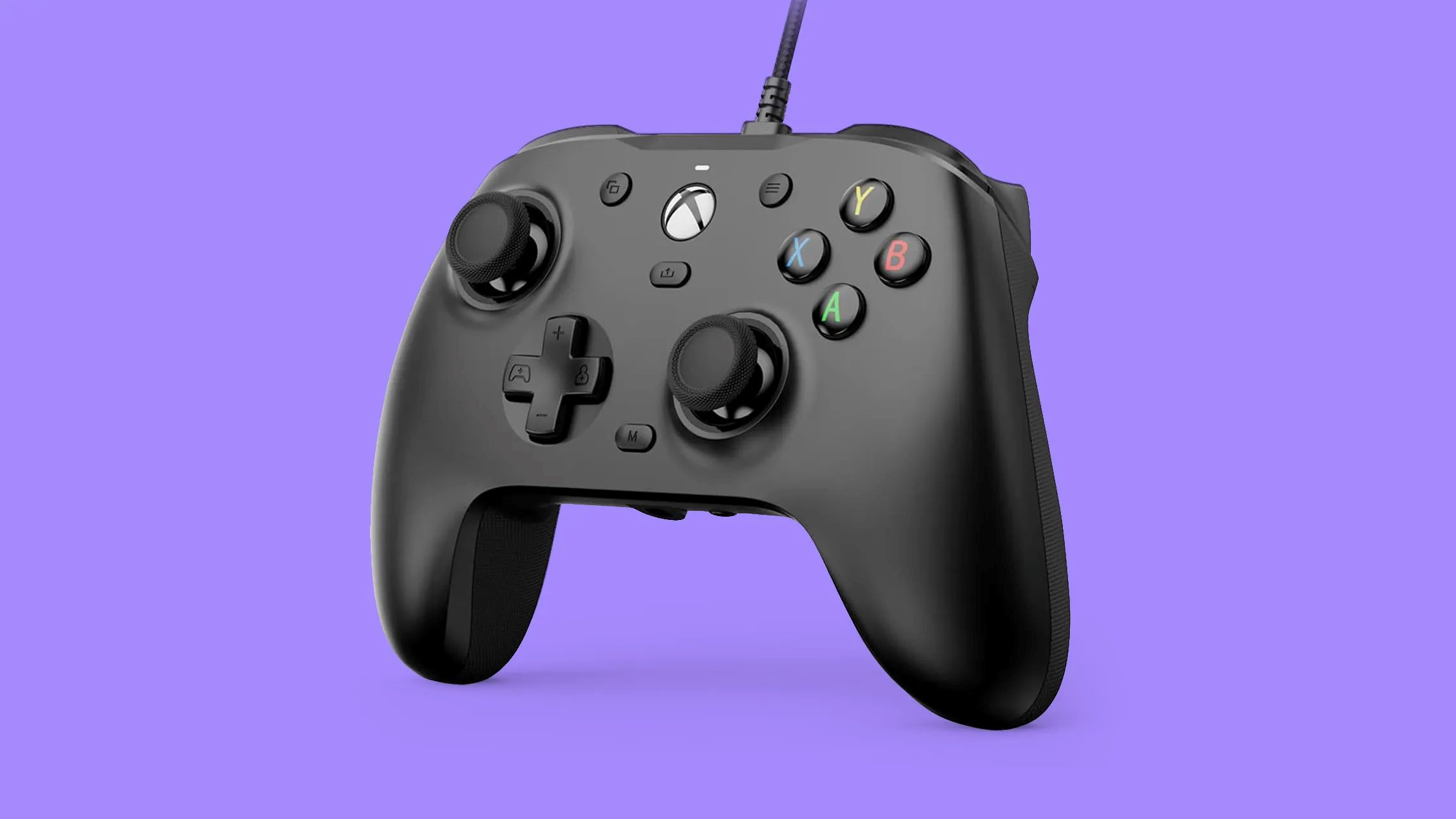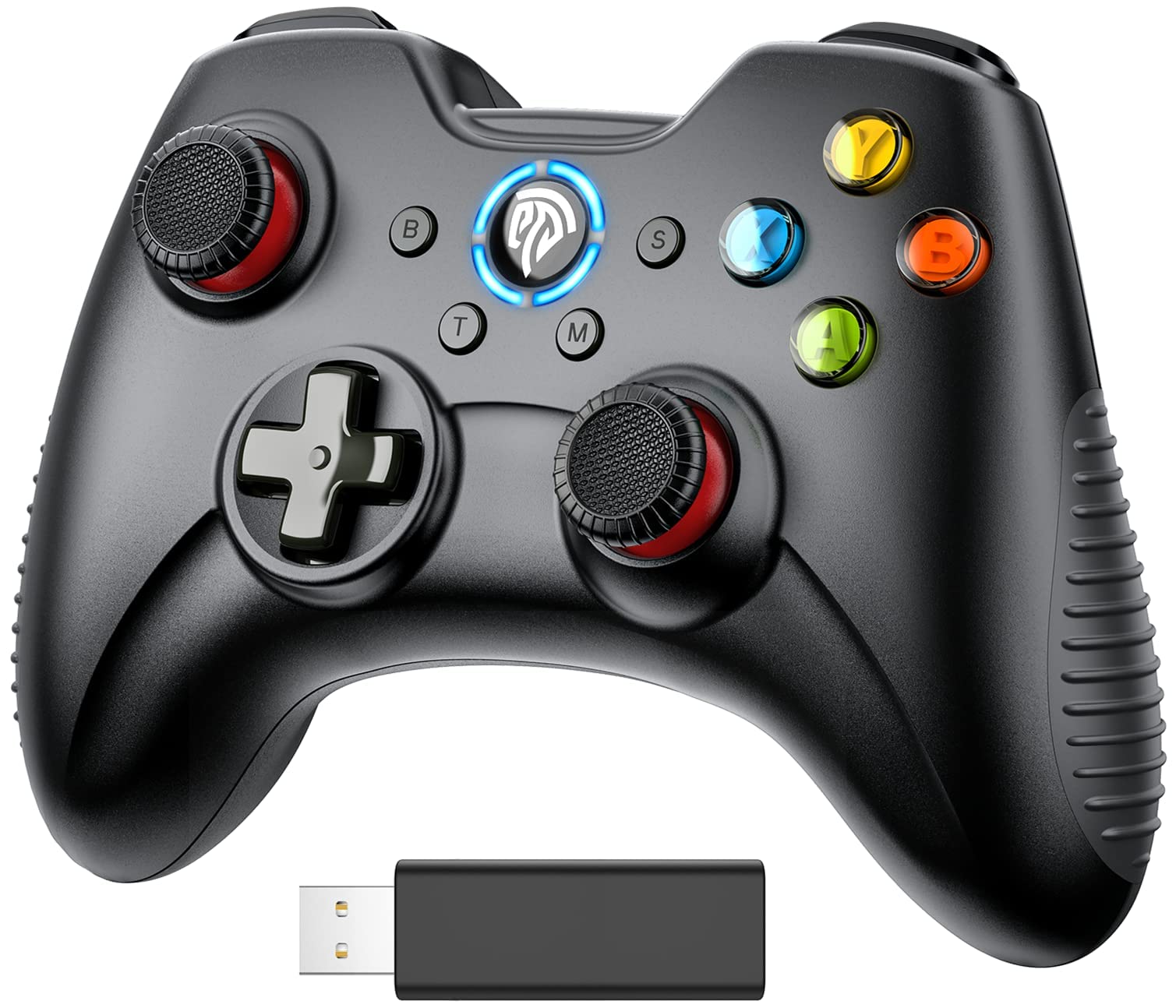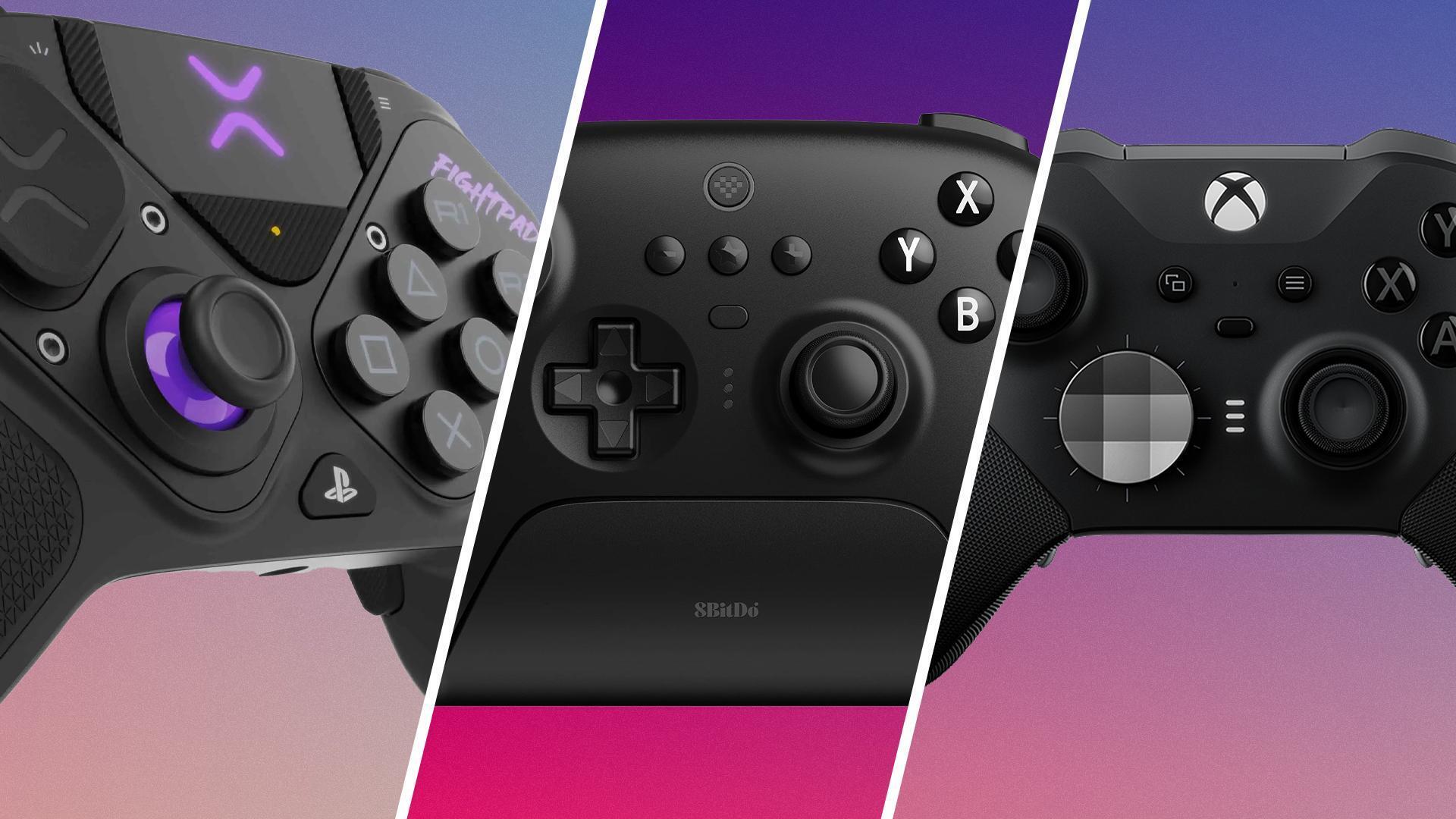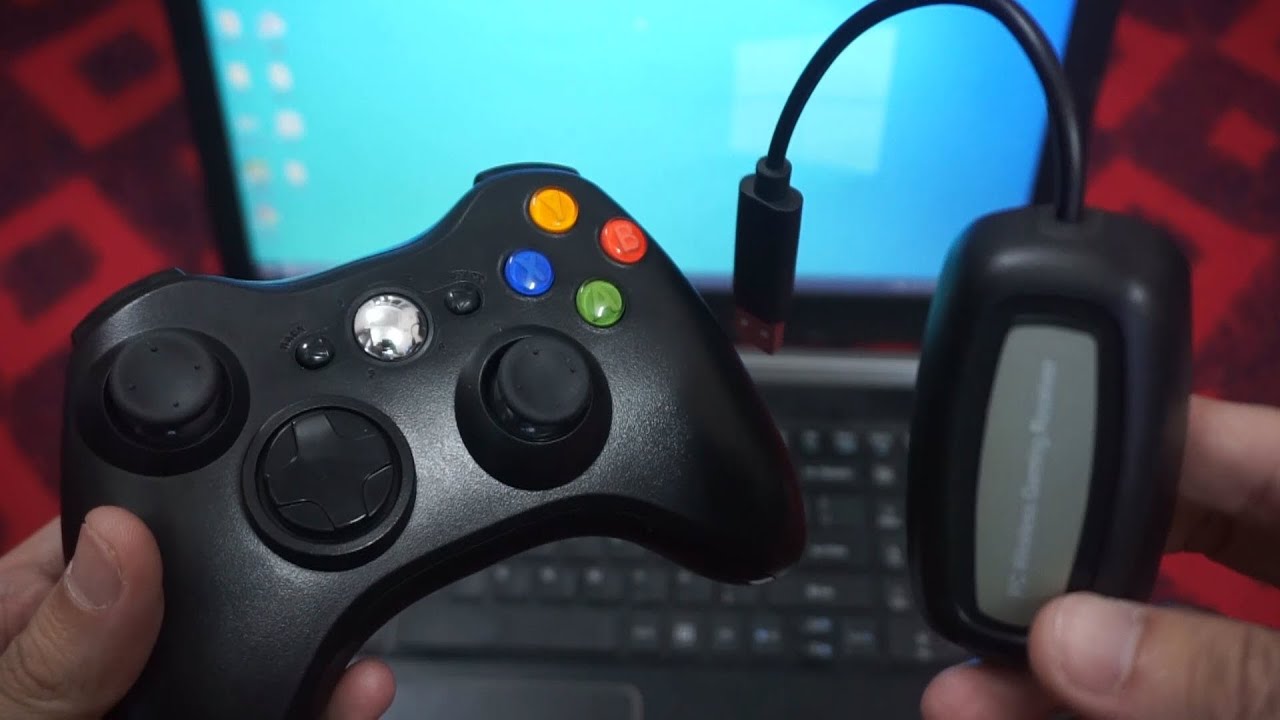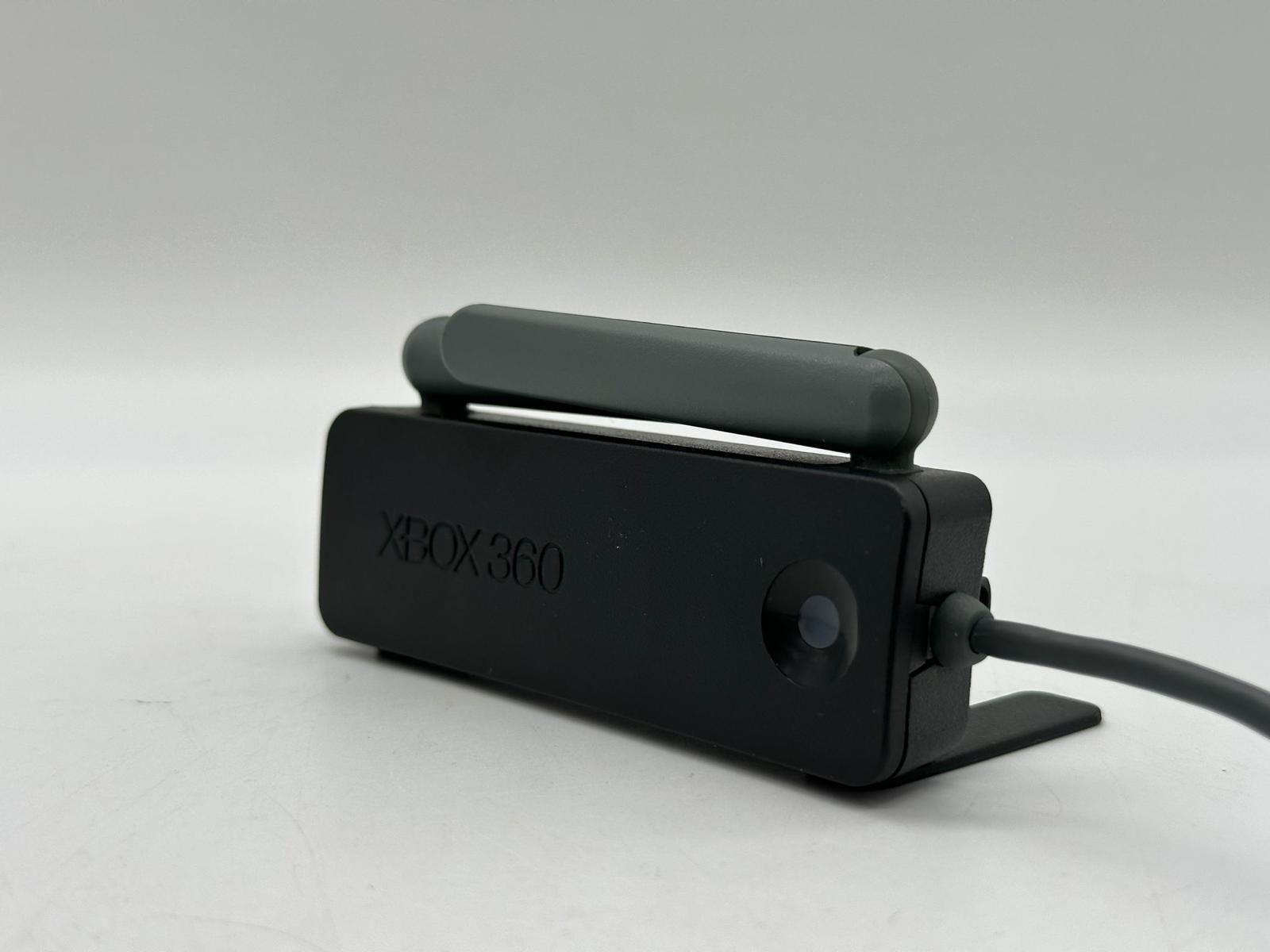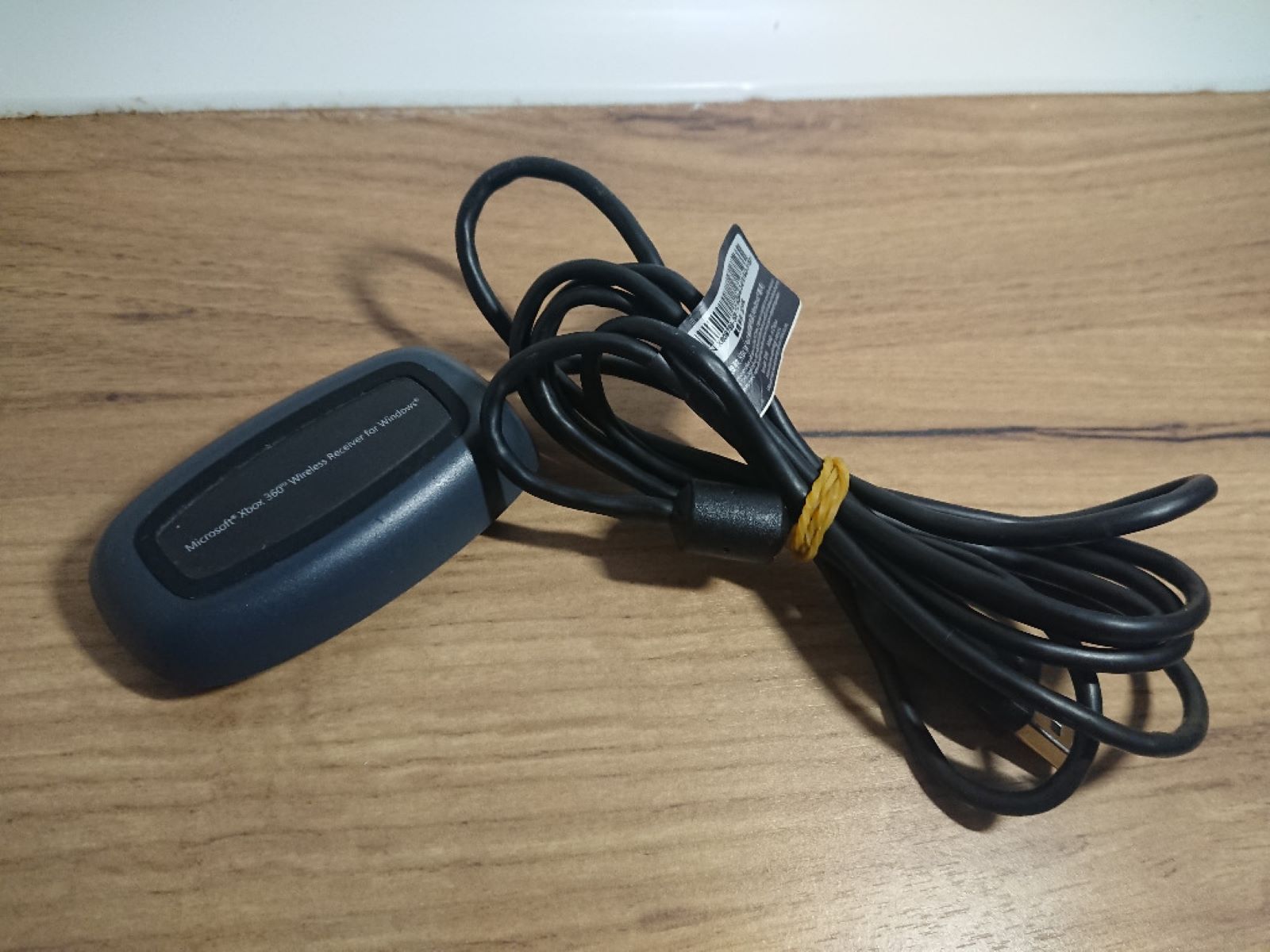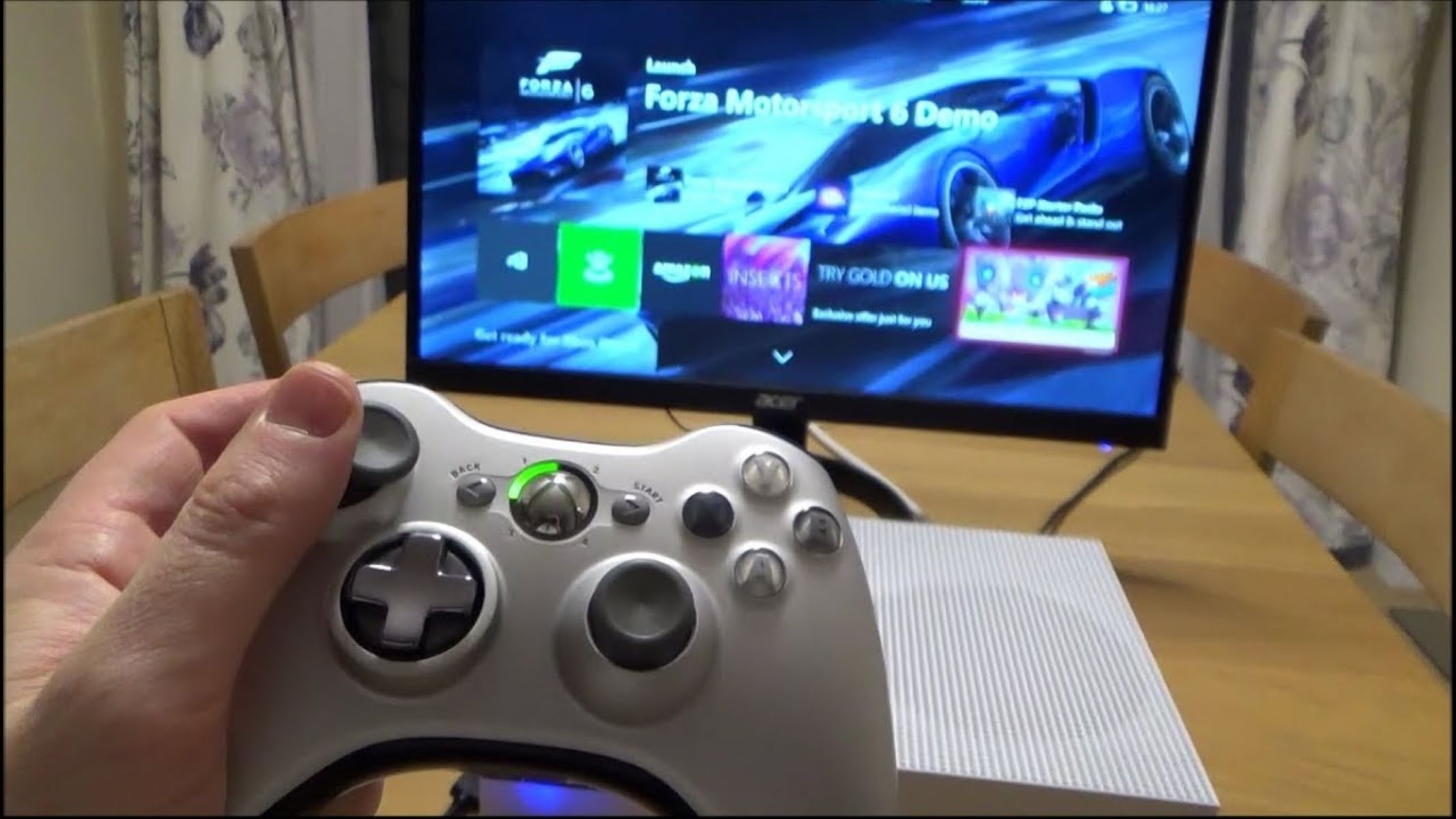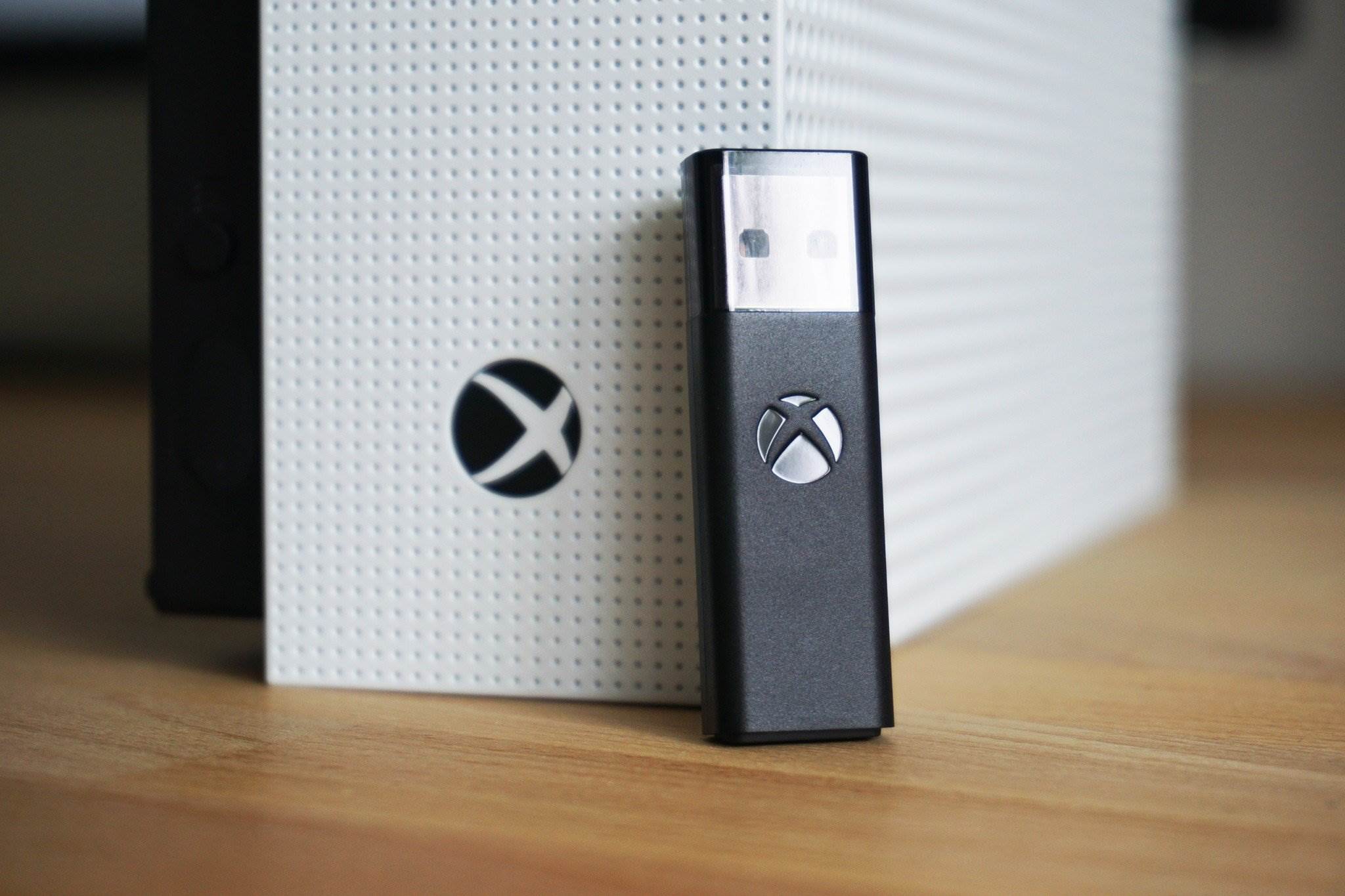Introduction
So, you've got a generic game controller and you're itching to use it as an Xbox 360 controller on your PC. Whether it's for playing games or navigating your computer, getting your controller to work seamlessly can greatly enhance your user experience. Fortunately, with the right drivers and configurations, you can achieve just that. This guide will walk you through the process of setting up your generic game controller to function like an Xbox 360 controller on your PC. By following these steps, you'll be on your way to enjoying a more immersive and convenient gaming and computing experience.
Using a generic game controller as an Xbox 360 controller on your PC can open up a world of possibilities. You can play a wide range of games that support Xbox 360 controllers without having to invest in a specific Xbox 360 controller. Additionally, you can navigate your PC interface with the familiar layout of an Xbox 360 controller, making it easier to access and control various applications and settings.
Now, let's delve into the details of how to make this transformation happen. First, we'll explore the compatibility of generic game controllers with Xbox 360 emulation on PC, followed by the necessary steps to install drivers and configure the controller settings. Finally, we'll guide you through testing the controller to ensure it functions seamlessly. With the right approach, you can elevate your gaming and computing experience by harnessing the capabilities of your generic game controller as an Xbox 360 controller on your PC.
Understanding the Compatibility
Before embarking on the process of setting up your generic game controller to function as an Xbox 360 controller on your PC, it's essential to understand the compatibility between the two devices. While generic game controllers may not have native support for Xbox 360 emulation, there are methods to bridge this compatibility gap.
Many generic game controllers are designed to work with a wide range of devices, including PCs. However, when it comes to emulating an Xbox 360 controller, certain nuances must be addressed. Xbox 360 controllers use a proprietary communication protocol, and their drivers are built into Windows, making them plug-and-play compatible with PC games that support them. On the other hand, generic game controllers often require additional software or drivers to function seamlessly with PC games that are optimized for Xbox 360 controllers.
To enable your generic game controller to mimic an Xbox 360 controller, you can utilize third-party software that emulates the Xbox 360 controller's behavior. This software essentially translates the input from your generic controller into signals that mimic those of an Xbox 360 controller, allowing it to be recognized and utilized by games and applications that natively support Xbox 360 controllers.
It's important to note that not all generic game controllers may be compatible with Xbox 360 emulation software. Compatibility can vary based on the specific model and manufacturer of the controller. Therefore, it's advisable to research and ensure that your particular controller is supported by the emulation software you intend to use.
By gaining a clear understanding of the compatibility considerations between generic game controllers and Xbox 360 emulation on PC, you can proceed with confidence, knowing the steps required to bridge this compatibility gap and unlock the potential of your controller.
Installing the Necessary Drivers
Once you've familiarized yourself with the compatibility aspects, the next crucial step in getting your generic game controller to function as an Xbox 360 controller on your PC is installing the necessary drivers. These drivers serve as the bridge between your controller and the emulation software, enabling seamless communication and interaction with PC games and applications.
Firstly, identify the specific emulation software that best suits your needs and is compatible with your generic game controller. There are several popular emulation programs available, each with its own set of supported controllers and features. Ensure that the software you choose aligns with your controller model and offers the functionality you require for an optimal gaming and computing experience.
Once you've selected the appropriate emulation software, visit the official website of the software developer to download the latest version of the drivers. It's crucial to obtain the drivers directly from the official source to ensure compatibility, security, and reliability. Follow the provided instructions for installing the drivers, ensuring that your controller is connected to your PC during the installation process.
After the drivers are successfully installed, it's advisable to restart your PC to apply any necessary system changes and finalize the driver integration. Upon rebooting, your generic game controller should be recognized by the emulation software and ready for configuration.
It's important to stay informed about driver updates and software patches released by the emulation software developer. Periodically check for updates to ensure that you have the latest drivers and features that enhance the performance and compatibility of your controller with Xbox 360 emulation on your PC.
By diligently installing the necessary drivers and staying proactive about updates, you can establish a robust foundation for your generic game controller to emulate an Xbox 360 controller effectively, unlocking its full potential for gaming and PC navigation.
Configuring the Controller Settings
With the drivers successfully installed, the next pivotal phase in the process of transforming your generic game controller into an Xbox 360 controller on your PC involves configuring the controller settings. This step is essential for ensuring that the controller functions seamlessly and aligns with the behavior expected of an Xbox 360 controller.
Open the emulation software and navigate to the controller settings or configuration section. Here, you can map the buttons, triggers, and joysticks of your generic game controller to correspond with the inputs of an Xbox 360 controller. This mapping process is crucial for ensuring that games and applications recognize and respond to your controller inputs accurately.
Start by identifying the various buttons and control elements on your generic game controller. Most emulation software provides intuitive graphical interfaces that allow you to assign specific functions to each button and axis of your controller. For example, you can map the A, B, X, and Y buttons on your generic controller to correspond with their counterparts on an Xbox 360 controller.
Furthermore, pay attention to the triggers and analog sticks, ensuring that their sensitivity and range of motion are configured to emulate the behavior of an Xbox 360 controller accurately. This step is crucial for maintaining precision and responsiveness in games that rely on nuanced controller inputs.
Once you've mapped and configured the controller settings to your satisfaction, it's advisable to test the controller within the emulation software to ensure that the inputs are accurately interpreted and translated. Make any necessary adjustments to the settings based on your testing experience, refining the configuration until the controller behaves in a manner consistent with an Xbox 360 controller.
It's important to note that some emulation software may offer pre-configured settings specifically tailored for certain generic game controllers, streamlining the configuration process. If such presets are available for your controller model, consider utilizing them as a starting point and fine-tuning the settings to suit your preferences and gaming requirements.
By meticulously configuring the controller settings to mirror those of an Xbox 360 controller, you can optimize the functionality and compatibility of your generic game controller, ensuring a seamless and immersive gaming and computing experience on your PC.
Testing the Controller
After configuring the controller settings, it’s crucial to thoroughly test the functionality of your generic game controller as it emulates an Xbox 360 controller on your PC. This testing phase allows you to validate the accuracy and responsiveness of the controller inputs, ensuring that it seamlessly integrates with games and applications that are designed to work with an Xbox 360 controller.
Begin by launching a game that supports Xbox 360 controllers or an application that requires controller input. Navigate to the controller settings within the game or application to verify that your generic game controller is recognized and displayed correctly. This initial step confirms that the emulation software has successfully translated the controller inputs into signals compatible with Xbox 360 controller standards.
Once you’ve confirmed the controller recognition, proceed to test the controller in various scenarios within the game or application. Pay close attention to the responsiveness of the buttons, triggers, and analog sticks, ensuring that they accurately mirror the behavior of an Xbox 360 controller. Test the controller across different game genres and applications that leverage controller inputs, such as action-adventure games, racing simulations, and multimedia applications.
During the testing phase, evaluate the precision and consistency of the controller inputs, particularly in scenarios that demand nuanced and rapid responses. Verify that the controller’s performance aligns with the expected behavior of an Xbox 360 controller, allowing you to seamlessly navigate game environments, execute precise maneuvers, and interact with in-game elements without any discernible discrepancies.
It’s advisable to engage in extended testing sessions to assess the controller’s endurance and reliability over prolonged usage. Evaluate its comfort, ergonomics, and overall user experience, ensuring that it provides a seamless and immersive gaming and computing experience on par with that of an authentic Xbox 360 controller.
Throughout the testing phase, take note of any anomalies or inconsistencies in the controller’s behavior and performance. If you encounter any issues, revisit the configuration settings within the emulation software to make necessary adjustments, refining the controller’s behavior until it meets the standards expected of an Xbox 360 controller.
By rigorously testing the controller across various scenarios and applications, you can confidently ascertain its capability to emulate an Xbox 360 controller effectively, ensuring a seamless and immersive gaming and computing experience on your PC.
Conclusion
Embarking on the journey of transforming your generic game controller into an Xbox 360 controller on your PC has undoubtedly expanded the horizons of your gaming and computing experience. By understanding the compatibility nuances, installing the necessary drivers, configuring the controller settings, and rigorously testing its functionality, you’ve unlocked the potential of your generic game controller to seamlessly emulate an Xbox 360 controller, offering a myriad of possibilities for gaming and PC navigation.
Through this process, you’ve harnessed the power of emulation software to bridge the compatibility gap between your generic game controller and Xbox 360 controller standards, enabling it to communicate effectively with PC games and applications. By diligently installing the requisite drivers and staying proactive about updates, you’ve established a robust foundation for your controller’s emulation capabilities, ensuring optimal performance and compatibility.
Configuring the controller settings with precision and attention to detail has been pivotal in aligning the behavior of your generic game controller with that of an Xbox 360 controller. By mapping the buttons, triggers, and analog sticks to mirror the inputs of an Xbox 360 controller, you’ve laid the groundwork for a seamless and intuitive gaming and computing experience on your PC.
Thoroughly testing the controller across a diverse array of games and applications has validated its capability to emulate an Xbox 360 controller effectively. By assessing its responsiveness, precision, and endurance, you’ve ensured that the controller seamlessly integrates with various scenarios, providing a consistent and immersive user experience that rivals that of an authentic Xbox 360 controller.
As you continue to explore the boundless opportunities facilitated by your generic game controller’s emulation as an Xbox 360 controller on your PC, remember to remain informed about advancements in emulation software and controller compatibility. By staying abreast of updates and developments in this realm, you can further optimize the performance and compatibility of your controller, continually enhancing your gaming and computing endeavors.
With your generic game controller now seamlessly emulating an Xbox 360 controller on your PC, you’re poised to embark on captivating gaming adventures, navigate your PC interface with ease, and immerse yourself in a world of entertainment and productivity, all facilitated by the versatile capabilities of your controller.







